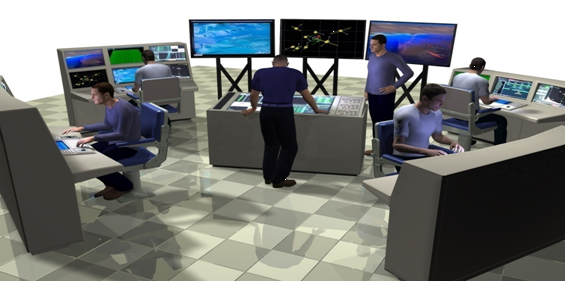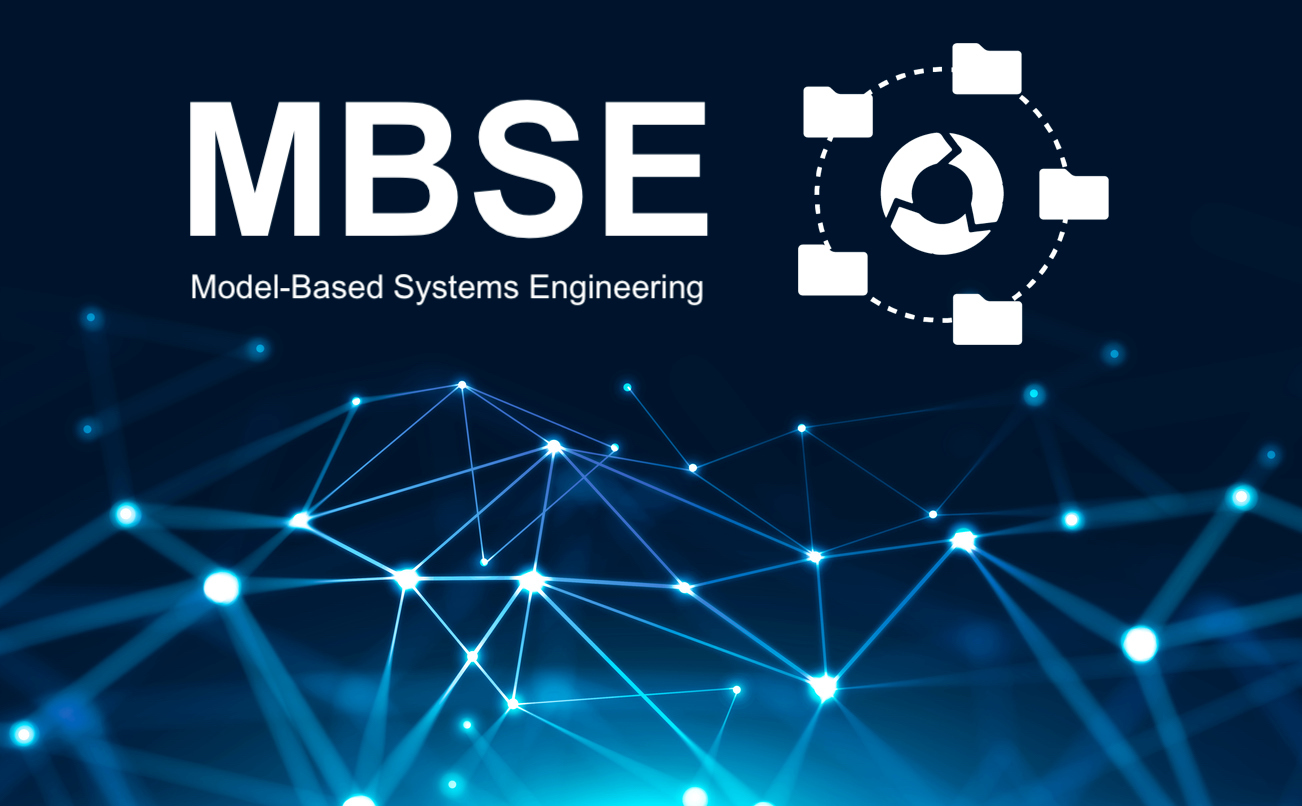Recently, the Defense Advanced Research Projects Agency (DARPA) released a very interesting Broad Agency Announcement (BAA) in which they challenged respondents to play the role of an adversary to the U.S. and describe what disruptive technologies they would employ against our nation.
One area that has recently captured my attention is the use of Artificial Intelligence (AI) and Deep Machine Learning (DML) technologies to enable a Decision Support System for Submarine Commanding Officers (COs). One could easily make the case that an essential element for sustained U.S. superiority in Undersea Warfare (USW), lies in the skills, expertise, and proficiencies of our people. Could AI and DML be disruptive technologies that undermine this critically important competitive advantage?
Imagine a situation in which our Submarine Skippers are expected to manage a host of issues including the expanding connectivity of submarines in a net-centric environment, an ever-increasing amount of sensor information, the rate of technology change, and the ever-present ambiguity associated with Undersea Warfare. Now imagine our CO pitted against the smartest, most knowledgeable, and most adroit CO in an opposing force’s fleet. Imagine this not just once, but every time there is an encounter because the opposing COs are supported by an Intelligent Virtual Assistant (IVA) with a huge compendium of relevant information and past performance experience, and the ability to apply this knowledge almost instantaneously. This IVA would work in concert with their CO to provide fast, reliable, and trusted situational awareness. It would identify probable enemy intent and the corresponding, appropriate Course of Action based on hundreds of wargame exercises and the accumulated experience of the best COs. This Watson-like assistant would quickly integrate disparate information sources, offer observations and advice, and provide risk/reward analyses associated with alternative Courses of Action. This IVA could also attend to a myriad of necessary, but lesser important tasks, leaving their CO with more bandwidth to concentrate on critical, tactical issues. Also, using DML technologies, an IVA would quickly increase in capability over time and learn to tailor its decision-making processes to each CO’s personal decision style to optimize the human-machine relationship. It would become a trusted member of their CO’s combat team—a virtual participant that would add tremendous value to the team’s fighting effort.
In short, our CO would be fighting an opponent who could make faster, more informed, and better decisions. Combined with undersea technology advancements by near-peer competitors such as Russia and China in areas such as stealth, sensors, weapons, this “cognitive advantage” could threaten U.S. undersea dominance.
Rapid advancements in both Artificial Intelligence and Deep Machine Learning are being made in the commercial world on a daily basis, and are being applied to real-world business situations. No longer relegated to just “brute force” calculators, these machines are now capable of complex pattern recognition and even cognitive, intuitive thinking.
Considering these advances and the vulnerability every crew faces by putting so much cognitive burden on one individual, no matter how talented. Shouldn’t the day of the omniscient Commanding Officer be giving way to a more symbiotic relationship between man and machine? Shouldn’t AI and DML be viewed as a technical adjunct to the CO’s decision-making process (not a substitute for their final decision-making authority) with the goal of making better, faster, more successful decisions than the enemy?
In the words of CNO Admiral Richardson, we must “pick up the pace of innovation.” In concert with his directive, I recommend the following to our Navy Leadership:
- Embrace this technology as a discriminating, disruptive innovation in Undersea Warfare
- Challenge the defense industry base to investigate the application of this technology in providing our warfighters an Information Advantage over our adversaries
- Use existing R&D programs such as ONR FNCs, the SBIR Program, and others to adapt and apply this technology to existing and developmental tactical systems
If we ignore this imperative, it is only a matter of time before our adversaries capitalize on these technologies. Adapting commercial advances in AI and DML technologies to USW, now, will help ensure that our competitive advantage—our Information Advantage—will remain decisively on board U.S. submarines.






